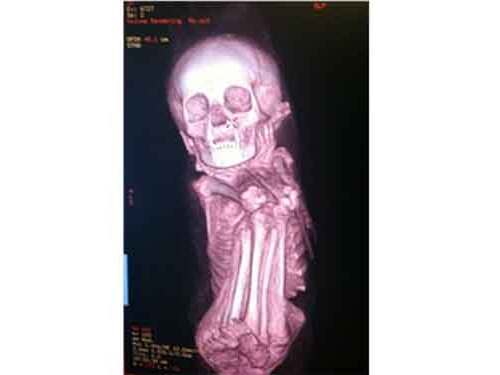Magnetic Resonance Imaging (MRI)
MRI scans for imaging without ionizing radiation

MRI scans for imaging without ionizing radiation
Often known as an MRI, magnetic resonance imaging is an imaging procedure doctors use to help diagnose a wide variety of conditions, including heart and vascular disease, stroke, cancer, joint disorders, breast disease and neurological conditions. In many cases, magnetic resonance imaging provides different information about structures within the body that can’t be seen during other imaging procedures.
The MRI scanner uses a powerful magnet, radio waves and computer technology to produce pictures of organs, soft tissues, bone and most other internal body structures from all angles — without ionizing radiation. Single MRI images are called slices. One exam produces dozens or sometimes hundreds of images.
Because an MRI uses a powerful magnet to create images, it can attract metal objects and may interfere with the normal operation of implantable devices, such as pacemakers.
Common types of MRI
Common types of MRI
An MRI can provide invaluable information about the various structures within the body. It may also be used to provide more details about something seen on an X-ray, ultrasound or CT scan.
An MRI can be used to examine the heart, lungs, muscles, abdominal organs, breast tissue, brain, nerves, bones, joints, spine, arms and legs.
MRI locations
Scripps Health offers magnetic resonance imaging at the following locations in San Diego County.
